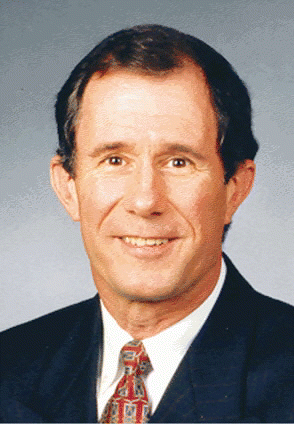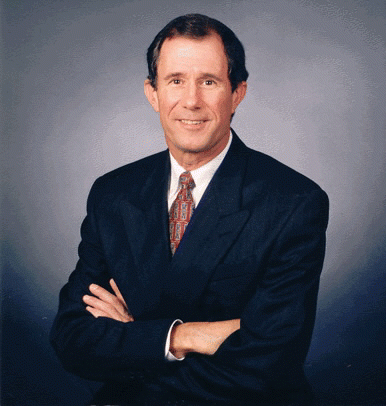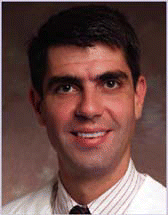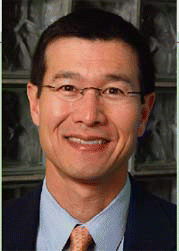As America grows and evolves, its face necessarily changes. Our country rests solidly on the idea that life, liberty and the pursuit of happiness should be available to all. Our collective understanding that access to health care and healthy living are essential to that ideal happiness continues to mature. But while the population becomes more diverse and blended, cultural disparities in health care not only persist, they do not appear to be diminishing. Collectively, African-Americans, Hispanic Americans and Native Americans comprise over one-quarter of our population. Yet, in the year 2000, they made up less than 10 percent of the physician workforce. These numbers dwindle even more when we consider surgical subspecialties.
A Better Way to Implement EMRs: Why one-size-fits-all won’t work
I have been a strong advocate of electronic medical records (EMRs) for almost a decade. In fact, I used the phrases “It is the silver bullet for health care reform infrastructure” and “It is the cornerstone for health care reform infrastructure” to describe EMR plans when President Obama was campaigning. However, technology, like fire, can warm your house or burn it down, cook your food or kill you. Likewise, the wrong EMR will escalate inefficiency and raise health care costs. The wrong mandates or the wrong incentives have the potential to paralyze the day-to-day practice of medicine.

Canal Wall Up vs. Canal Wall Down: Symptom of a greater need?
This issue of ENT Today includes an article on the debate over canal-wall-up (CWU) versus canal-wall-down (CWD) tympanomastoidectomy (p. 5). I remember hearing the same arguments when I was a resident at UCLA, which was also the last time I drilled a mastoid bone; my practice focused on head and neck surgery and pediatric otolaryngology. Over the past 32 years, Drs. Bruce Gantz, Rick Chole (two of my otology colleagues on the Board of Otolaryngology), and other otologist friends have suffered through my semi-tongue-in-cheek comments on why otologists can’t agree on which procedure is better. Although the technology used in both procedures has evolved, the final product of the two procedures, a dry, safe ear, is, as best I can tell, the same as it was when I was a resident. I have been told that one of the main factors considered in the decision regarding which procedure to perform is where the otologist trained.

Mission Possible: Humanitarian work allows otolaryngologists to enact change
Performing international surgical outreach missions to help the world’s most disadvantaged patients overcome the disability imposed by disease is an extremely rewarding experience. Missions are challenging, varying in their length, level of working and living conditions and the surgery performed. Despite the rigors of mission work, there has not been a mission where members of the medical team did not find the experience to be life changing.
The Otolaryngology Gender Gap: How do we make it disappear?
It’s a fact: An increasing number of American women are entering medicine. In the U.S. today, half of matriculating medical students, and 28 percent of all practicing physicians, are women.

Quality Improvement: We Are Not Alone
This issue’s Special Report is on quality improvement, an increasingly important health care issue not only in this country, but also in many other countries around the world.

The Political Process: Get Involved-or Not
Politics is not a four-letter word.

The Otolaryngologist and the Imminent Crisis in Geriatric Medicine

The Importance of Rhinoplasty in Our Specialty
As otolaryngologists and facial plastic surgeons, we are fortunate to have the opportunity to perform many challenging operations of the head and neck.

The Political Process: Get Involved-or Not
Politics is not a four-letter word. Yes, some of the posturing and dogmatic stands can be off-putting, but in our democratic system, politics is necessary and important.
- « Previous Page
- 1
- …
- 4
- 5
- 6
- 7
- Next Page »
